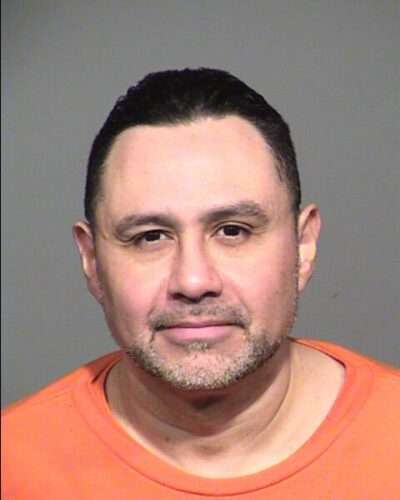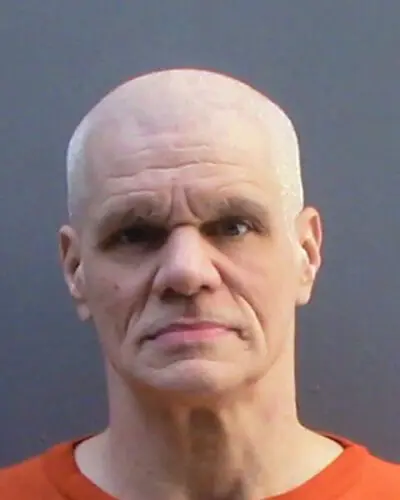John Cruz Arizona Death Row
John Cruz was sentenced to death by the State of Arizona for the murder of a police officer. According to court documents John Cruz was involved in a hit and run accident and when tracked down by police Cruz would sneak off and was followed by Officer Patrick Hardesty. During the chase John Cruz would … Read more








